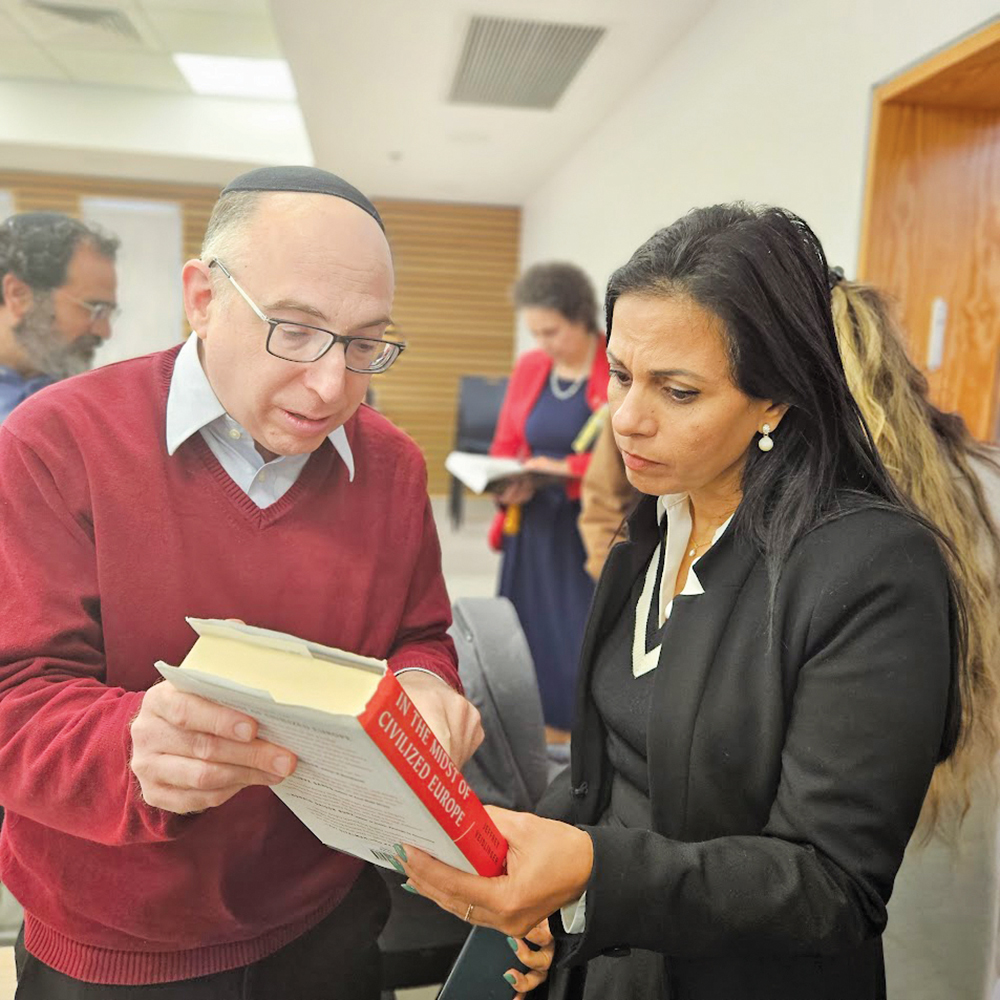
To many, my decision to visit Israel now, in the midst of a war precipitated by the worst massacre of Jews since the Holocaust, raised the question of why now? Why travel to a country at war on two fronts? My answer to them is that the people of Israel are my family; it is especially when members of a family are mourning and embattled that a visit means the most.
In the days and weeks following the October 7 massacre, I walked about dazed, not knowing what I could do to help my friends and family in Israel. As a professor of Jewish history, I recognized that the Jewish people, in both Israel and in the Diaspora, were living through a turning point as momentous as the pogroms in Tsarist Russia of 1881-1882. Then, the murder of 40 Jews over a two-year period and Russian civil society’s blaming of the victims catalyzed the great migration to the New World and the birth of Hibat Tsion, a proto-Zionist movement. Certainly, then, the mass atrocities of October 7 that left 1,200 dead, over 240 kidnapped, and countless women sexually assaulted will prove a similar turning point. Instantly, Jews throughout the world experienced a level of betrayal by friends in academia and other public intellectual spaces that in their simultaneous denial and justification of the atrocities dwarfed the parallel processes that occurred 140 years ago.
For this reason, Steven Fine, Ronnie Perelis and I, from Yeshiva University, Malka Simkovich, from Catholic Theological Union, Jason Kelman, from Hebrew Union College (HUC) and Robbie Harris from Jewish Theological Seminary (JTS) joined together to plan a Jewish Studies Solidarity Trip to Israel in Crisis. Now, helping to lead a group of 21 Jewish Studies professors on this tour, I realize that the Israelis with whom I have met have comforted me far more than I ever could comfort them.
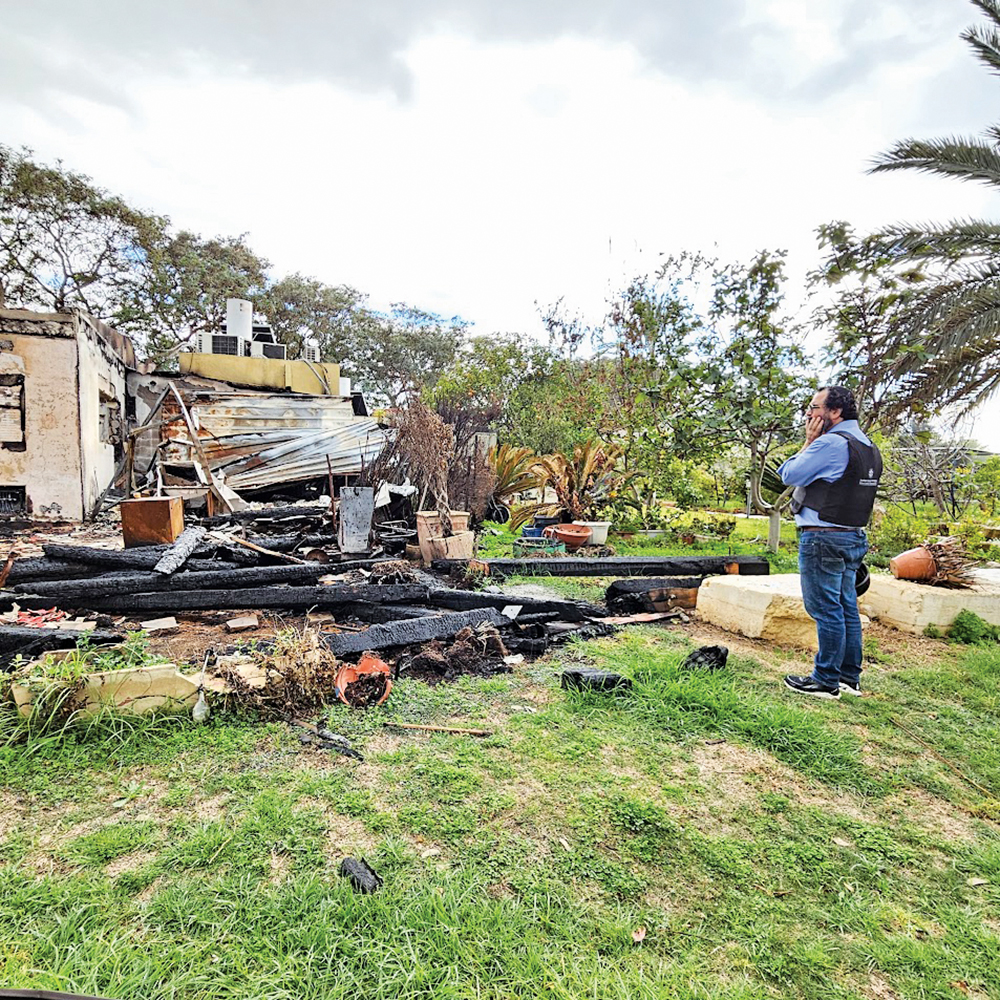
Over the past three months, many have questioned if October 7 signaled the failure of the Zionist experiment. The founders of Zionist ideology, from Leon Pinsker and Theodor Herzl onward, understood the creation of a Jewish state as the antidote to antisemitism. Even as a Jewish state would provide a safe haven for the Jewish people, statehood would allow the Jews finally to take their place among the family of nations. Tragically, these aspects of the Zionist dream have not yet come to fruition. Rather than taking its place among the nations, Israel has become “the Jew among nations.”Likewise, Israeli military strength failed to protect the victims of October 7 from the genocidal violence directed against them.
Still, in an even more fundamental way, the State of Israel has proven a great Jewish success. A century ago, the majority of the world’s Jews lived in deeply-Jewish spaces. The shtetls and cities of Eastern Europe, as the cities and villages of North Africa and the Middle East, functioned as the spatial context within which Jews lived a thick Jewish identity, manifesting itself through practices, languages (Yiddish, Ladino, and Judeo-Arabic), folkways and values that deeply reflected the millennia-old Jewish textual tradition. If the Torah, the text, stood at the heart of the Jewish experience, it could only survive within the context of Jewish space. The Communist destruction of Judaism, the Holocaust’s destruction of Europe’s Jews and the Arab lands’ expulsion of its Jews forever ended these centuries-old Jewish spaces. It was Israel that provided a home not just to Jews from all of these lands but even more fundamentally, it restored to them a Jewish space in which they could live, speak and study in the language of the texts and traditions that always had sustained them.
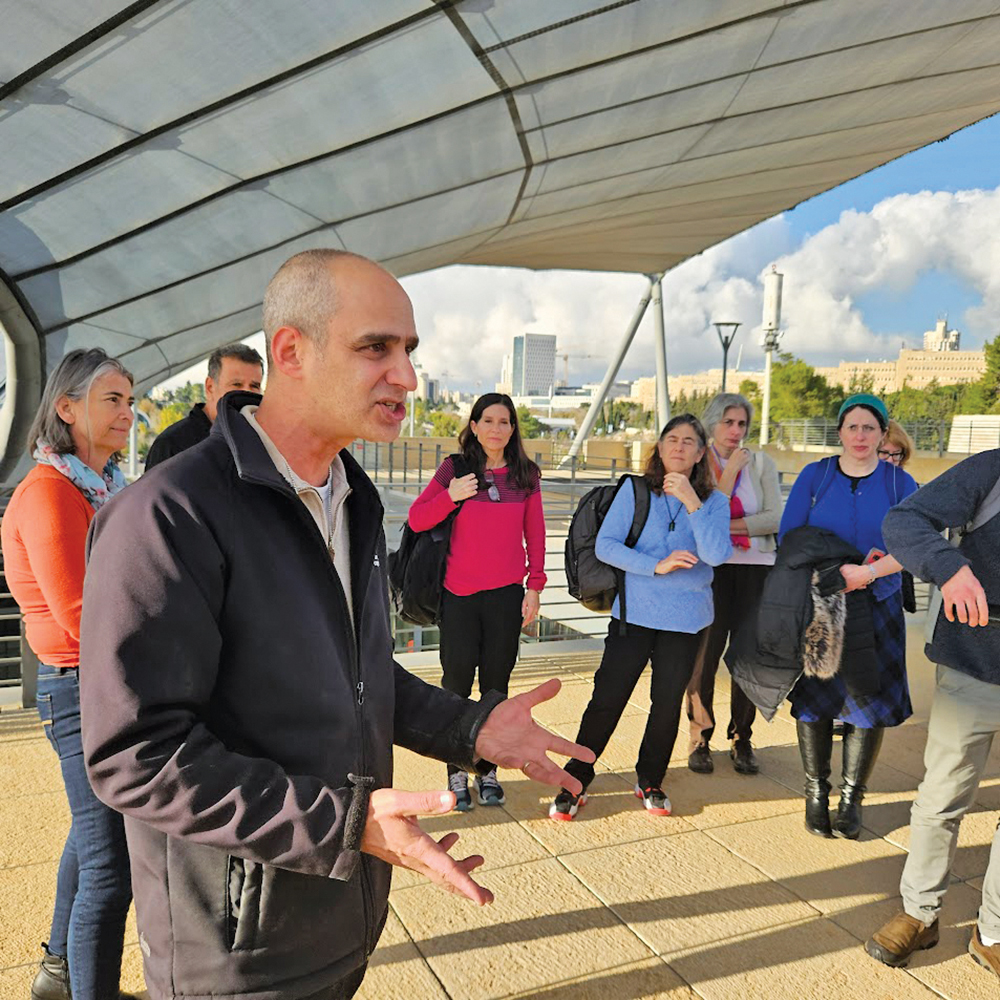
One of the great challenges of being a historian of East European Jews is that I cannot visit living communities that serve as their genetic and cultural heirs. What is the point of walking the streets of Vilnius, once Vilna, “the Jerusalem of Lithuania,” when it now is nearly devoid of Jews? As a Jewish woman from Vilna who survived the Holocaust in the forest described her feelings upon returning to Vilna following its liberation: “Vilna without Jews is simply not Vilna.” I felt an eerily similar sentiment when visiting Kfar Aza, a kibbutz near the Gaza border in which nearly ten percent of its inhabitants were murdered on October 7. As I gazed in horror at bullet-pocked walls and windows, and the charred remains of others, I experienced the same numbness that I felt when walking through the now Jew-free streets of formerly Jewish quarters of major East European Jewish centers. It is a numbness that comes from seeing evidence of a violent end rather than of life. It is a numbness that has led me, a historian of the East European Jewish experience, to avoid travel to Poland and Lithuania as much as possible.
Kfar Aza, thankfully, is not Vilnius. Most of its members, while terribly traumatized and homeless, survived the massacre and will rebuild. But for now, I only found Jewish spaces that allowed me the context to process what I had witnessed at Kfar Aza not amidst the destruction but rather amongst the living Israeli communities that I visited today in the Tel Aviv area. In the morning, we visited Bar Ilan University, an academic institution, which like Yeshiva University, combines a commitment to Jewish tradition with rigorous academic scholarship. There, the president of Bar Ilan, Dr. Ari Zaban, contextualized the events of October 7 by speaking about the reaction of his 97-year-old mother-in-law, a Holocaust survivor, who stated that never could she have imagined that she again would witness such mass atrocities perpetrated against Jews. (She passed away shortly thereafter.) In both the emotional and intellectual highlight of our visit, archeologist Aren Meir showed us a short video of his recent visit to Kfar Aza, where he used his professional tools as a way to identify bodies burned beyond recognition. Emotionally, he read the famous words of Hayim Nahman Bialik’s poem, “In the City of Slaughter,” written 120 years ago in the aftermath of the Kishinev pogrom:
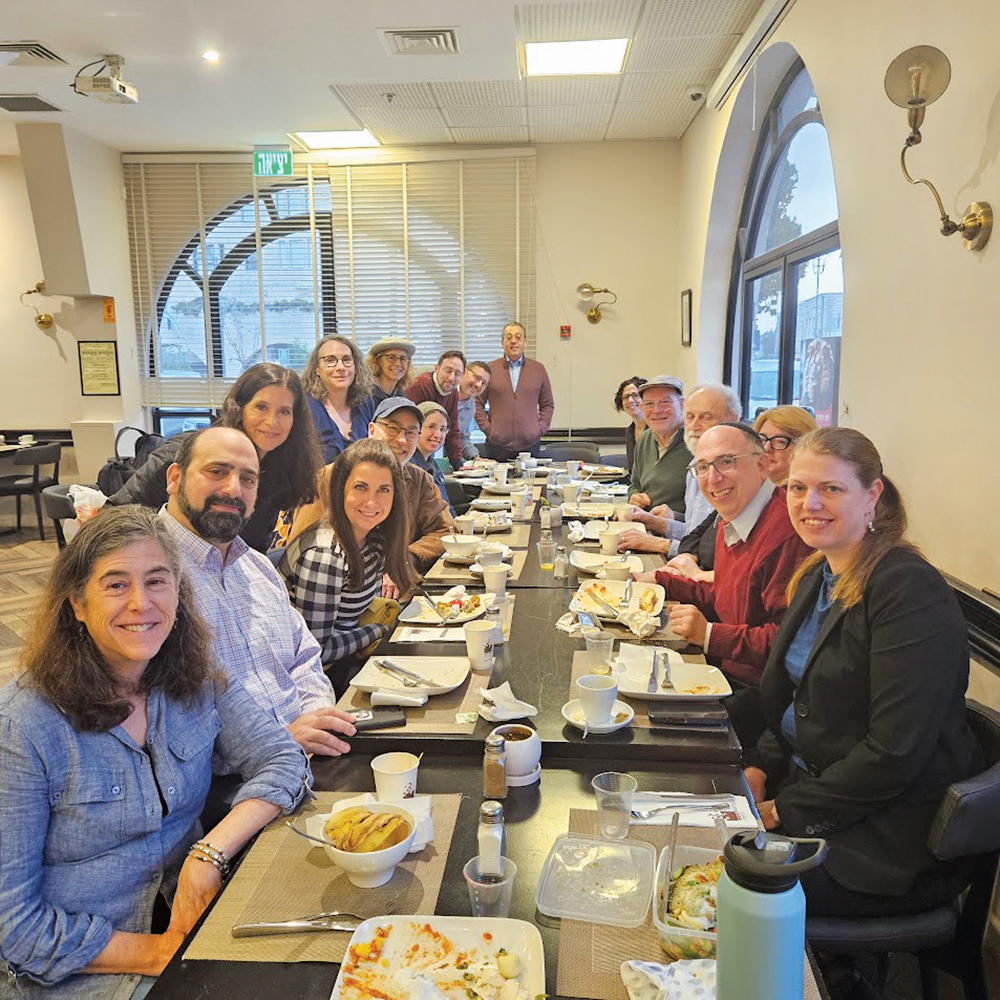
Arise and go now to the city of slaughter;
Into its courtyard wind thy way;
There with thine own hand touch, and with the eyes of
thine head,
Behold on tree, on stone, on fence, on mural clay,
The spattered blood and dried brains of the dead.
Proceed thence to the ruins, the split walls reach,
Where wider grows the hollow, and greater grows the
breach;
Pass over the shattered hearth, attain the broken wall
Whose burnt and barren brick, whose charred stones reveal
The open mouths of such wounds, that no mending
Shall ever mend, nor healing ever heal.
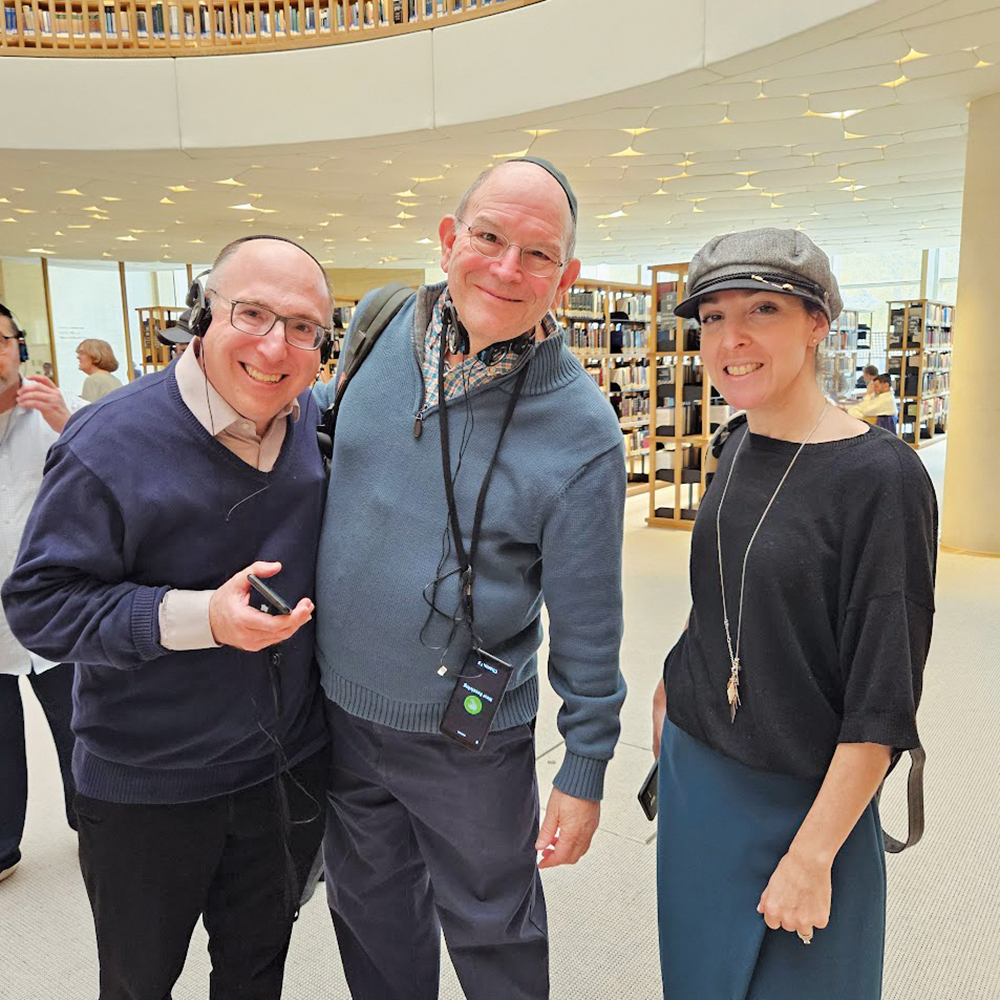
Dr. Meir’s linkage of the atrocities that I had witnessed to a text, deeply rooted in the Jewish tradition even in its protest against it, provided the context that I needed to process the horrors that I had witnessed the day before and to cry. In a literary Hebrew, the dean of Jewish studies, Dr. Shmuel Refael, told us that our visit had refilled the dry mikva’ot, ritual baths, of his and his colleagues’ souls. Dr. Robbie Harris of our group immediately responded, “It is you who fill the mikva’ot of our souls.” Indeed, our souls were filled at every college and university that we visited: from Ahva College near Ashdod, fostering educational opportunities and economic hope to disadvantaged students, both Jewish and Arab, to Sapir College near the Gaza border, directly impacted by the massacres and hostage-taking, to Tel Aviv University, where we engaged productively with the administration and colleagues regarding the state of Jewish Studies in both Israel and the United States in the wake of October 7. At all these places, our Israeli colleagues treated us as family that had come to share in their pain and in their dreams for a better future.
We ended our day in Tel Aviv with a visit to Hostages Square, in front of the Tel Aviv Museum of Art. Since October 7, the families and communities of the hostages have turned the square into a moving monument to the communities of the hostages and to the imperative to return them to their families. Yet unlike at the actual site of the atrocities, living members of these communities were present at each booth set up to represent the hostages of respective communities. In one, I spoke to a highly-educated secular Israeli woman who had grown up in Naḥal Oz, a kibbutz near Gaza in which 12 members were murdered on October 7. Upon hearing that I am a Jewish historian, she invited me to sit with her and to discuss October 7th’s historical parallels. Over the course of a 10-minute conversation, our religious and cultural differences dissolved, as we both expressed a sense of common peoplehood, family and shared destiny. Several minutes later, I walked into a booth dedicated to those taken captive at the Nova Music Festival. It was manned by a working-class Jew born in Morocco, who has lived in one of Israel’s historical “development towns” for decades. The uncle of a hostage, he immediately began to quote biblical verses and rabbinic sayings that emphasize the crucial religious significance of ransoming captives. We parted with a hug and with an expression of familial solidarity.
Suddenly, as I walked away from these booths, I had an epiphany: this woman and man are the natural heirs of the Jews of Vilna and so many other Jewish spaces who have no living descendants. Speaking to this secular but proudly Jewish woman, I was reminded of the secular Jewish intellectuals of Vilna who remained deeply rooted in the Jewish story even as they forged new ideologies. Conversing with this man, I knew that he was the contemporary incarnation of the Jewish everyman, who though not a scholar, articulated age-old rabbinic teachings in his daily speech. These folksmentshen, or men and women of the folk, no longer exist in Lithuania or in Morocco. They do, however, flourish in Israel, the ultimate Jewish space recreated in our ancient homeland.
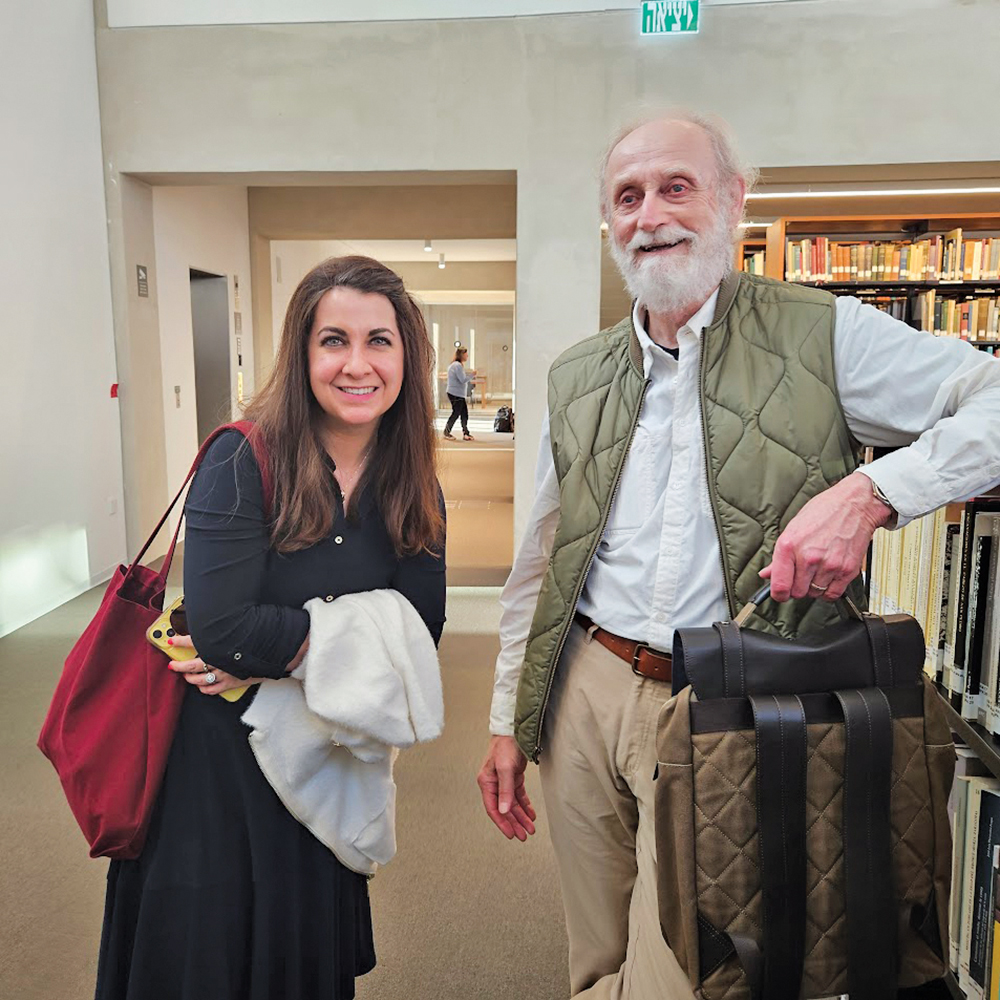
So, no, the existence of Israel has neither eradicated antisemitism nor rendered mass anti-Jewish violence a relic of the past. It has, however, created a space for Jews of all ethnic backgrounds and varieties of religious observance to actualize Jewish values within a familial context denied us anywhere else. Israel has incorporated all the historical Jewish spaces of the past into a contemporary Israeli Jewish space of the present. It is that Jewish space of family and destiny that will continue to fill up dry wells during these dark days. It is that Jewish space that serves as Israel’s greatest success, for which, as of this writing, 172 soldiers have given their lives in this war to defend.It is that Jewish space that we American Jews must defend on our campuses and in our communities. It is that Jewish space that brought me specifically now to be with my people in Israel.
Joshua M. Karlip is a cultural historian specializing in the relationship of East European secular Jewish movements to the Jewish religious tradition, Jewish intellectual responses to Nazis, and rabbinic culture and writing in the Soviet Union. His book, “The Tragedy of a Generation: The Rise and Fall of Jewish Nationalism in Eastern Europe” was published by Harvard University Press in 2013. His next book will be “Oyfn Sheydveg: At the Crossroads: Jewish Intellectuals and the Crisis of 1939” (Vandenhoeck and Ruprecht, 2021). He is the Herbert S. and Naomi Denenberg Associate Professor of Jewish Studies at Yeshiva University and associate director of the YU Center for Israel Studies.










